ARTICLE AD BOX
A day after a terror attack left at least 26 people dead in Kashmir, tourists were hurrying to leave the restive Himalayan region.
The attack, which took place at the popular tourist destination of Pahalgam on Tuesday afternoon, was the deadliest on civilians in Kashmir in decades and left the region, claimed in full but controlled in part by India and Pakistan, gripped by uncertainty and fear.
What should have been a beautiful spring week in Kashmir for tourists turned into an exodus as Indian and foreign visitors checked out of hotels and resorts, heralding another uncertain summer for a conflict-weary population and their tourism-dependent economy.
The Indian aviation ministry arranged additional flights for the fleeing visitors, whose sense of safety was suddenly stripped away and who were scrambling on Wednesday to leave the “Switzerland of Asia”, as authorities heightened security in the region.
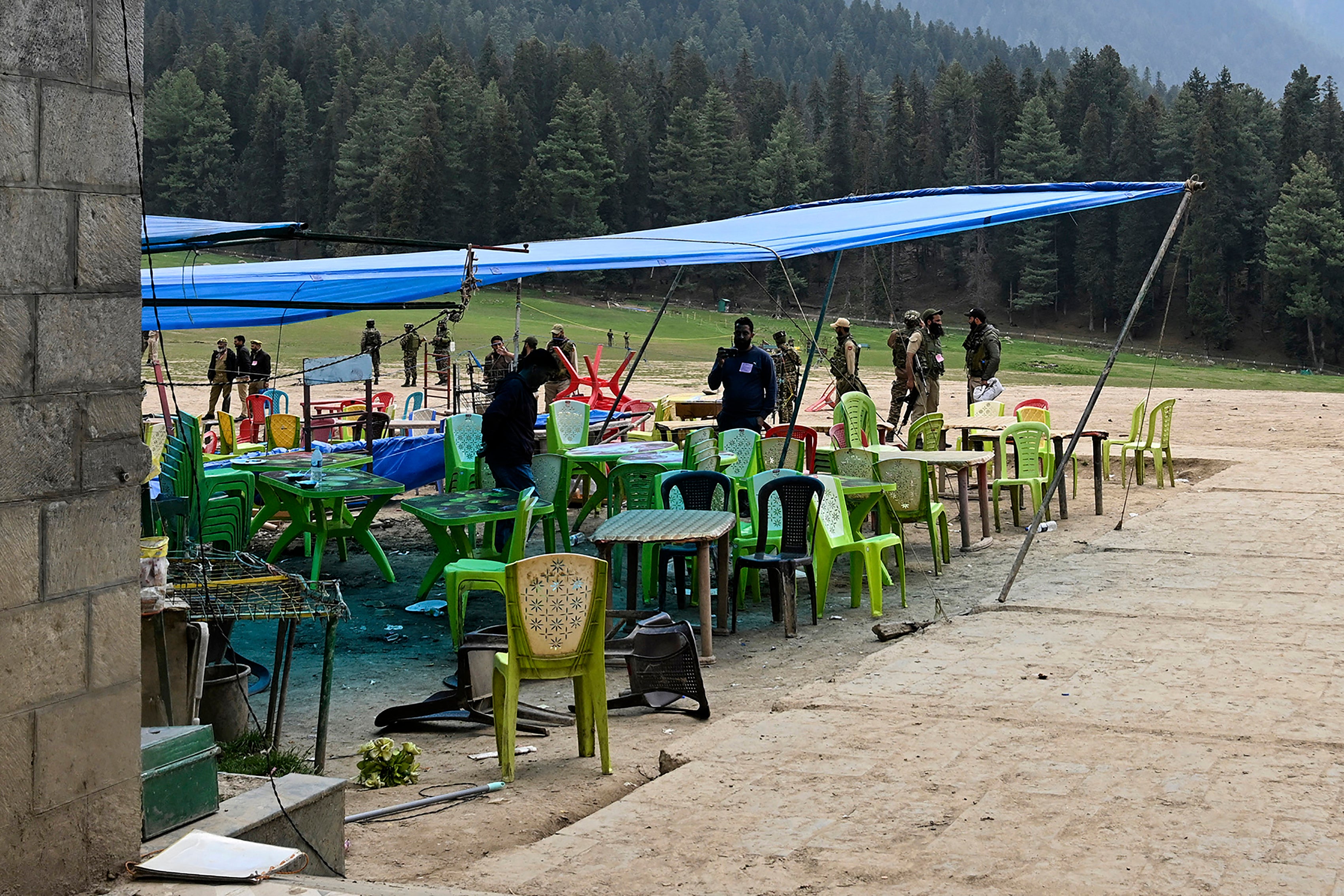
The attack comes at the peak of Kashmir’s tourist season, when its famed meadows and historical gardens are at their most vibrant, drawing thousands of visitors from across the country and abroad.
As a result, the dominant sentiment, especially within Kashmir’s tourism sector, is one of deep concern.
Amitabh Mattoo, dean of the School of International Studies at Jawaharlal Nehru University, said there would be crippling ramifications on tourism, not just in the current season but potentially for the years to come. “The ramifications on tourism are going to be terrible. It’s going to be devastating,” he told The Independent.
“The impact is going to be felt by all those Kashmiris who have invested in tourism and its allied activities, from hotels, home stays, transport guys, everyone is going to feel the impact.”
Prof Mattoo said visitor flow to Kashmir was set to fall in the wake of the attack, collapsing the tourism industry. “There has been a huge mushrooming of hospitality businesses in the last few years. The surge of tourists is now going to be reduced to a trickle,” he said.
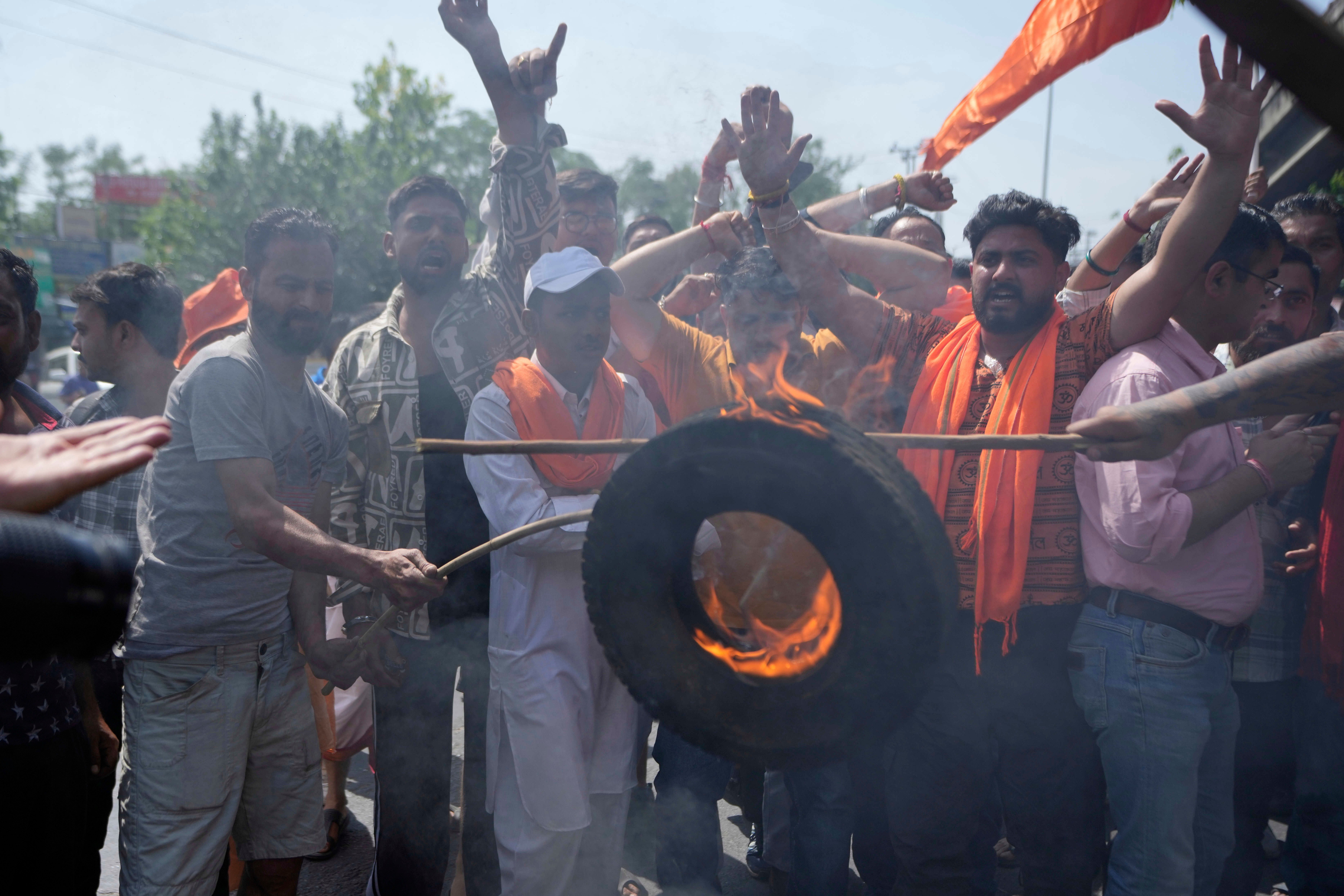
Schools, businesses and public transport were largely shut across Kashmir on Wednesday in protest against the attack. The shutdown was supported by political parties, trade and tourism associations, and religious and civil society groups, marking widespread condemnation of the violence.
At several places, residents reportedly took to the streets to register their anger. In Pahalgam, members of the Taxi Owners Association and pony owners organised a protest to condemn the attack, which put their livelihoods at risk.
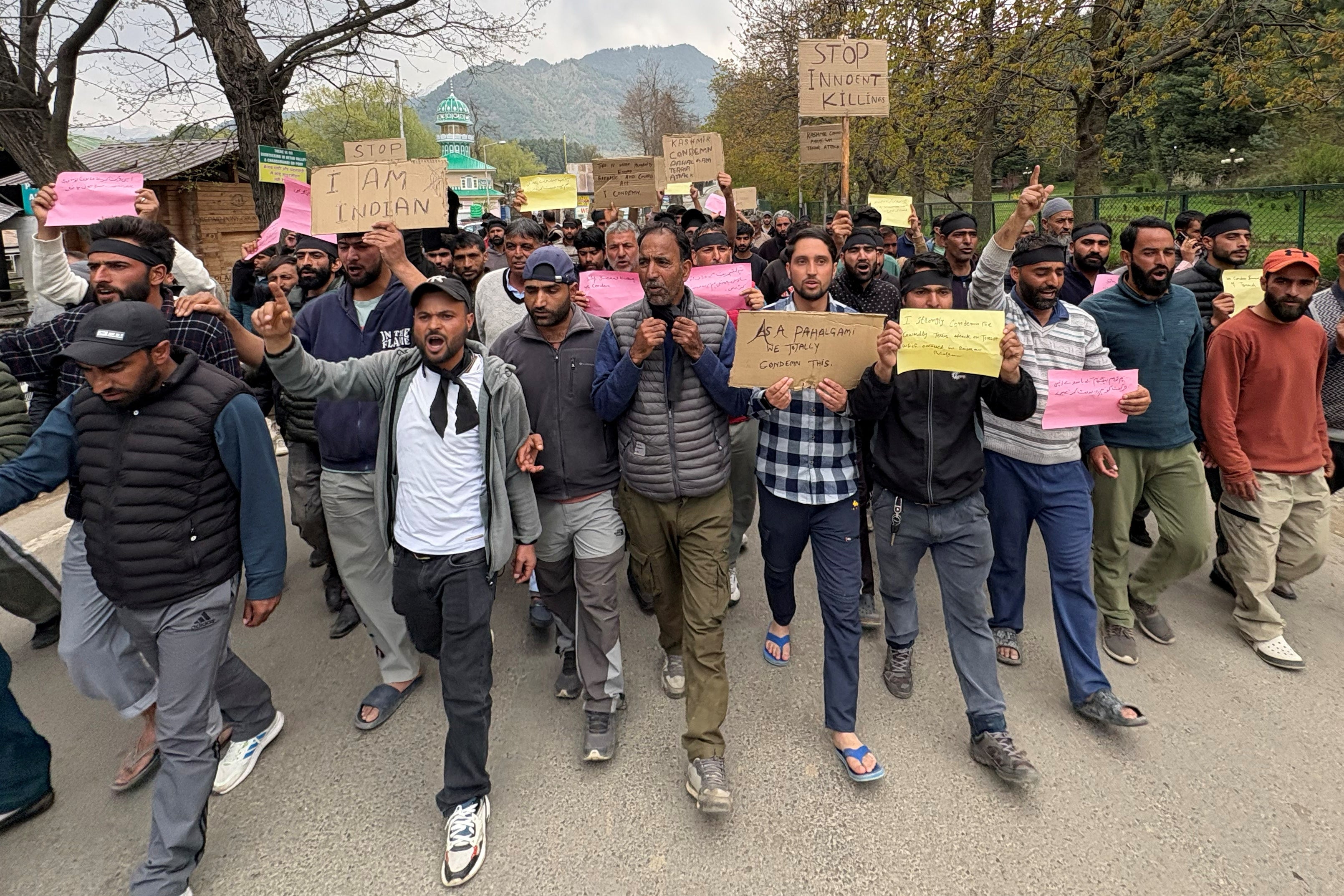
Rauf Tramboo, president of the Travel Agents Association of Kashmir, told The Indian Express that the Pahalgam attack was a “huge blow”.
His association was already grappling with “queries on cancellations from businesses and consumer partners”, Mr Tramboo said.
Farooq Ahmed, a local taxi driver who ferried tourists to and from the Srinagar airport, told The Independent on the phone on Wednesday: “We are ruined. Tourists are leaving in droves.”
The tourism boom of recent years was projected as the return of peace and “normalcy” by the Narendra Modi government, especially since his ruling Hindu nationalist party was eager to prove the decision to take away autonomy and statehood of the majority Muslim region was reaping dividends.
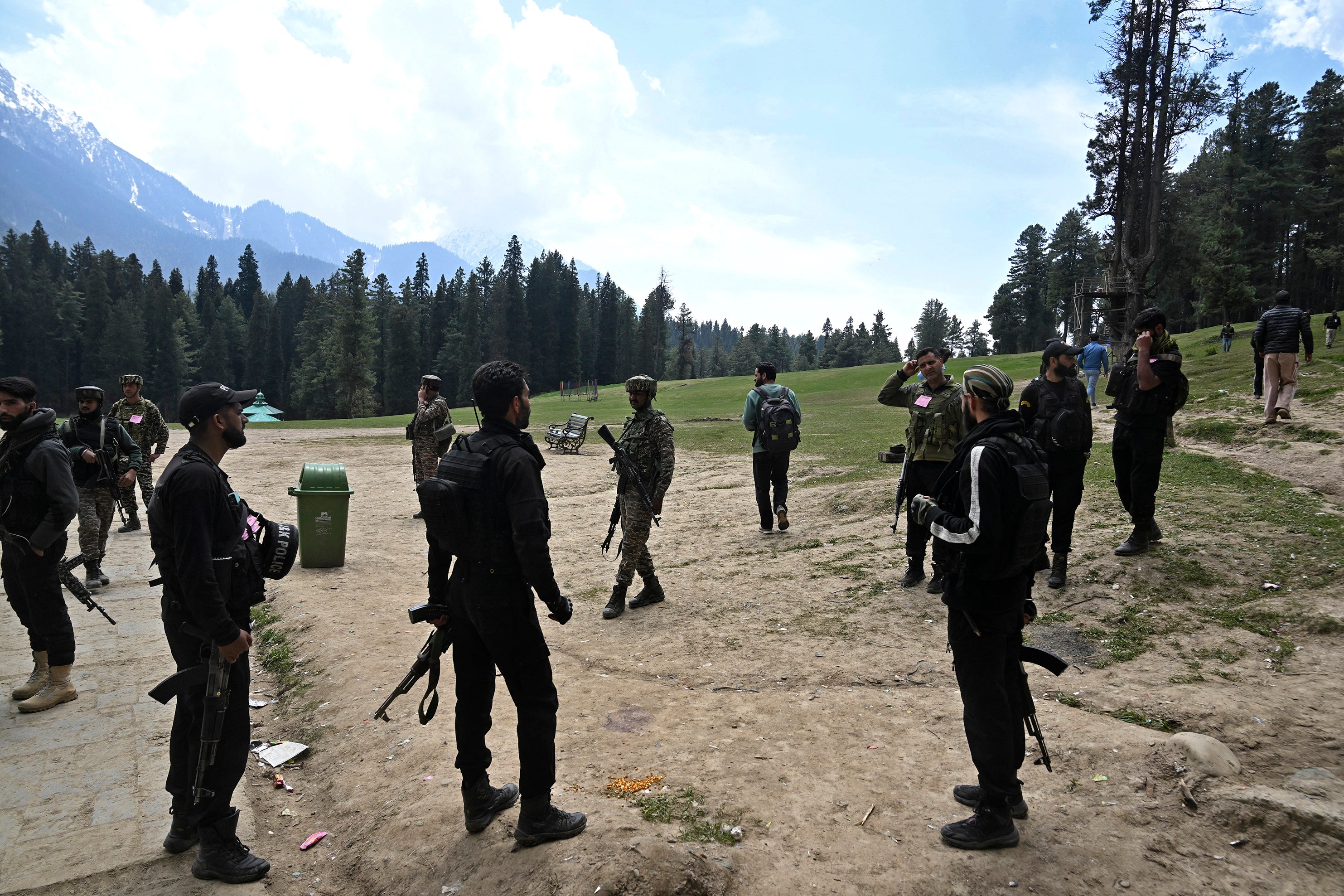
Jammu and Kashmir received over 23 million tourists in 2024, a significant increase from around 16 million in 2018, the year before the Modi government dismantled its statehood and put it under direct rule by New Delhi.
In the aftermath of the attack, as security was beefed up and top Indian government officials, including home minister Amit Shah, rushed to Kashmir, a sense of fear loomed large.
At the same time, the vision of “New Kashmir” which Mr Modi’s BJP party had been seeking to portray to the outside world lay hollowed out.
“You cannot prevent an incident like this unless you have robust intelligence. And if a neighbouring country like Pakistan is determined to create violence, it’s very hard to stop unless you make it costly for them,” Prof Mattoo told The Independent.
Tourist arrivals in Kashmir fell sharply to 565,000 in 2019 when the Indian government imposed a months-long security crackdown and communications blackout ahead of the revocation of regional autonomy. The number dropped further in 2020, to just over 41,000 visitors, as the pandemic halted travel.
In the years after, though, the numbers grew rapidly, with 2023 witnessing a record influx of nearly 20 million visitors to Jammu and Kashmir, including over 2.7 million to the Kashmir valley.
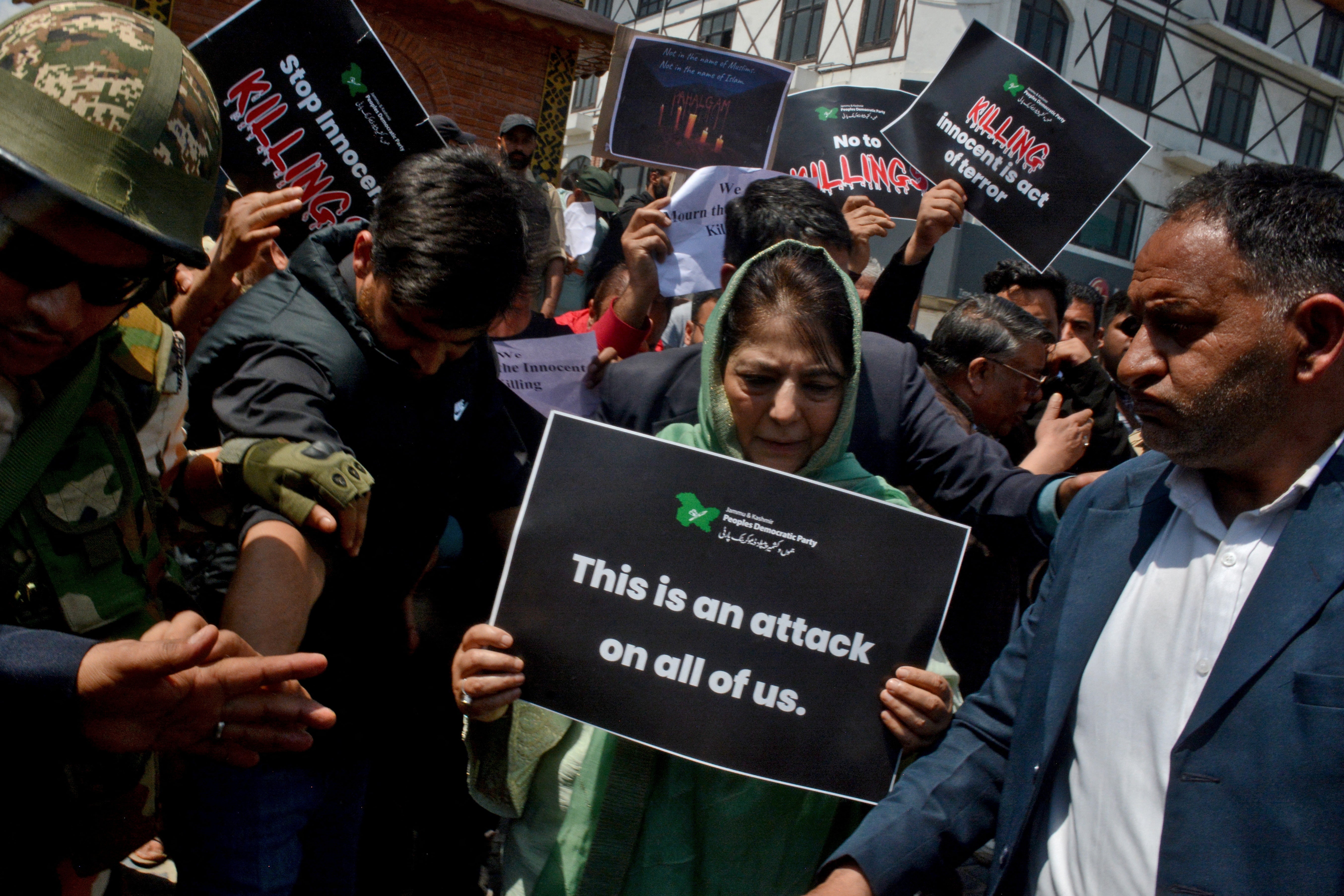
In the years when tourism boomed, however, many leading voices cautioned against equating tourism with true normalcy.
“Tourism is not normalcy, it is a barometer of economic activity. Normalcy is the absence of fear, the absence of terror, the inability of militants to strike at will, the presence of democratic rule and by any yardstick you choose to use Kashmir is far from normal today,” Omar Abdullah, now the restive region’s top elected official, said in May 2022.
In August last year, the local administration unveiled a new policy aimed at attracting domestic and international filmmakers to scenic Kashmir. The policy, launched by lieutenant governor Manoj Sinha, opened even previously sensitive locations near the Line of Control, the de facto border with Pakistan, for film shooting.
In a similar vein, the Indian government opened Kashmir up for hosting international events like the G20 tourism ministers’ meeting in 2023.
The Pahalgam attack is set to cast a long shadow over such measures and serve as a reminder that “peace” in the troubled valley is still fragile – and easily shattered.
“The people who are going to be hurt the most are Kashmiris,” Prof Mattoo said. “The tourist season is over and the damage to our reputation and our culture of hospitality is irreparable.”









 English (US) ·
English (US) ·